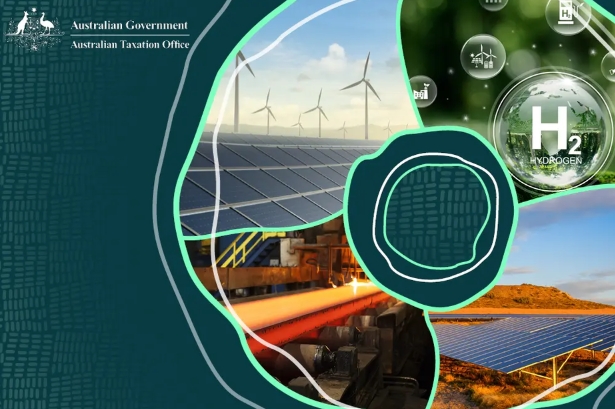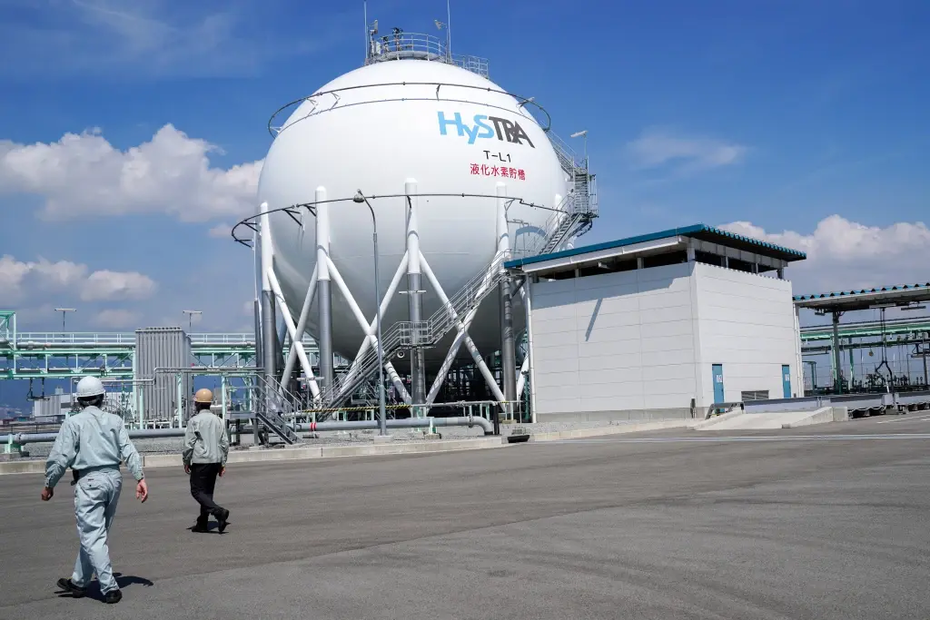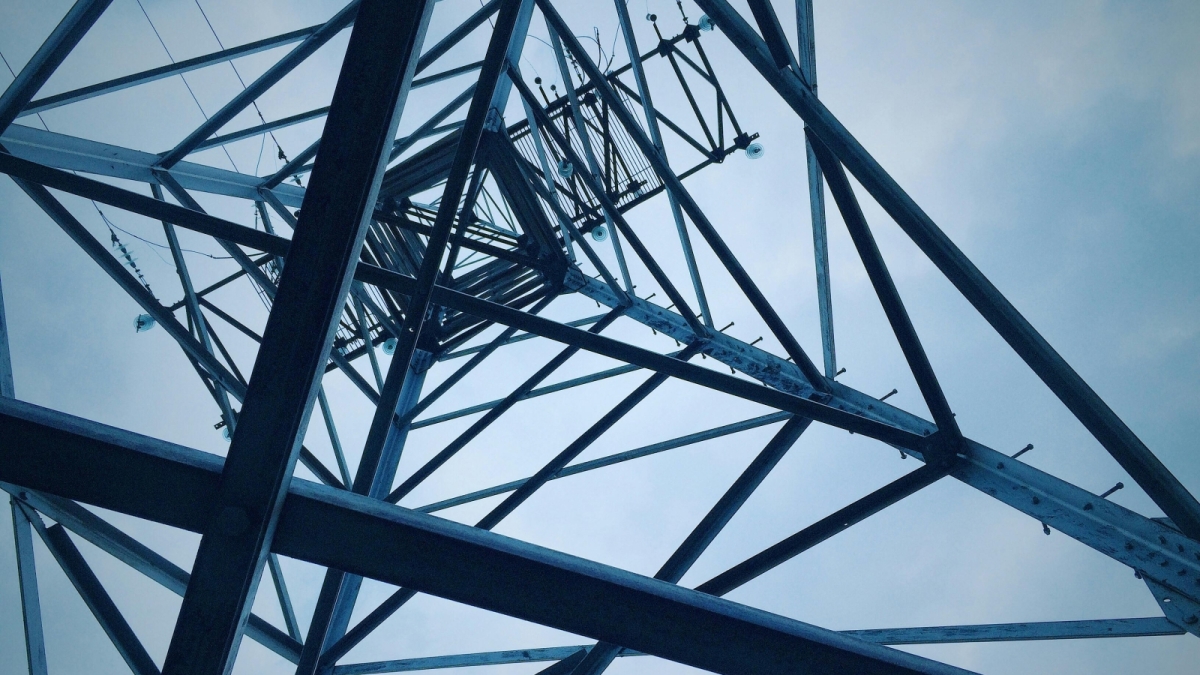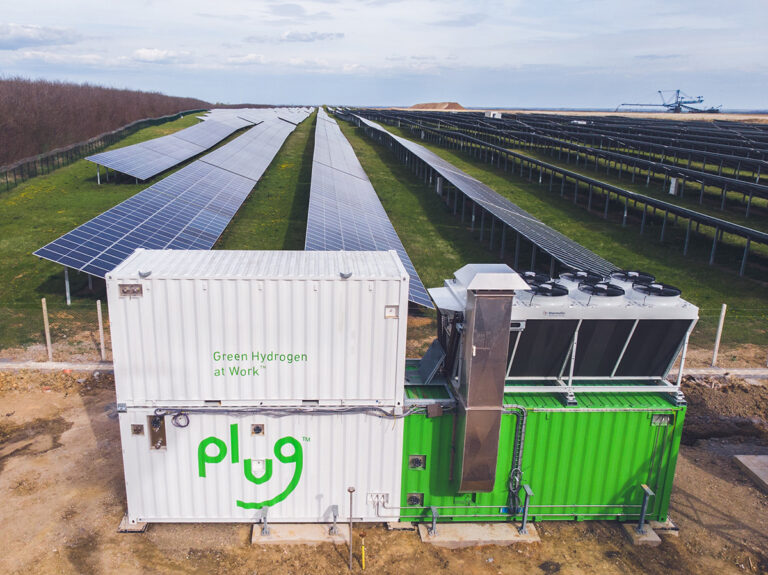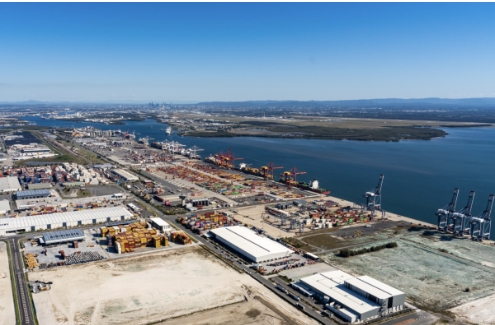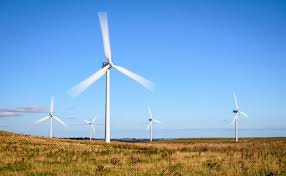
The strategy includes rapid deployment of new clean energy capacities across the UK. The government has outlined expectations for 43-50 GW of offshore wind, 27-29 GW of onshore wind, and 45-47 GW of solar power by 2030. This ambitious plan is set to significantly cut the UK's dependence on fossil fuels. To support this expansion, there will be 23-27 GW of battery capacity and 4-6 GW of long-duration energy storage, alongside the development of flexible technologies such as gas carbon capture, utilisation and storage, and hydrogen.
Infrastructure improvements are crucial to this plan. By 2030, the UK will need twice as much new transmission network infrastructure as has been built in the past decade. Regulatory reforms will ensure that investments can be made ahead of need, reducing the time required to build and deliver network projects.
Significant investments, estimated at £40 billion annually between 2025 and 2030, will spread the economic benefits of clean energy throughout the UK. This will help protect electricity consumers from volatile gas prices and form the foundation of a more affordable energy system.
The Clean Power 2030 initiative not only aims to meet immediate energy needs but also paves the way for decarbonising the wider economy by 2050. With electrification of heat in buildings, transport, and industry, annual electricity demand is expected to at least double by mid-century.
